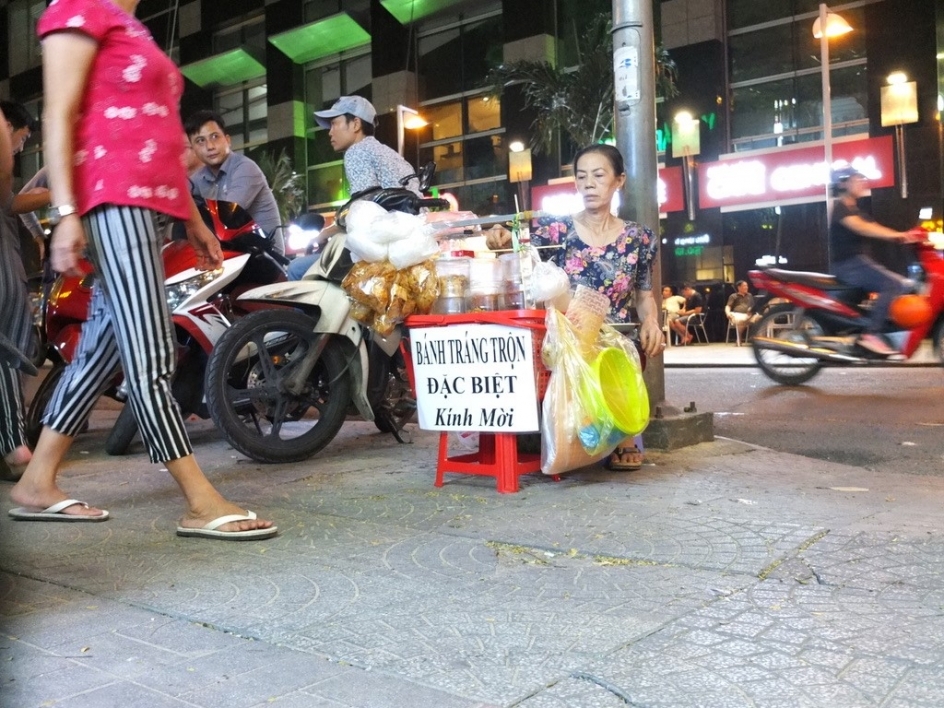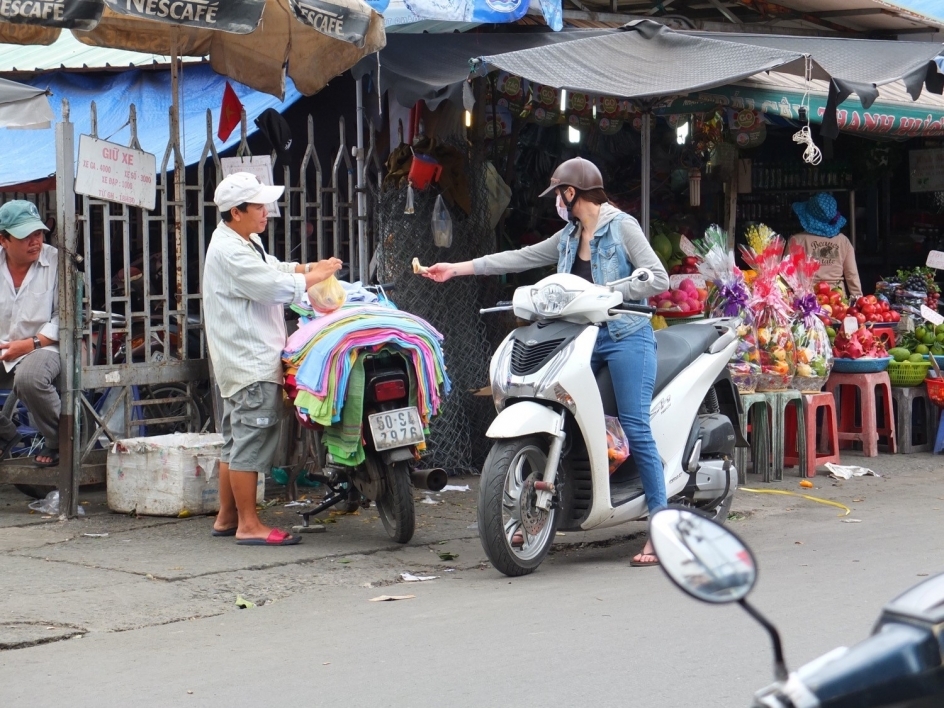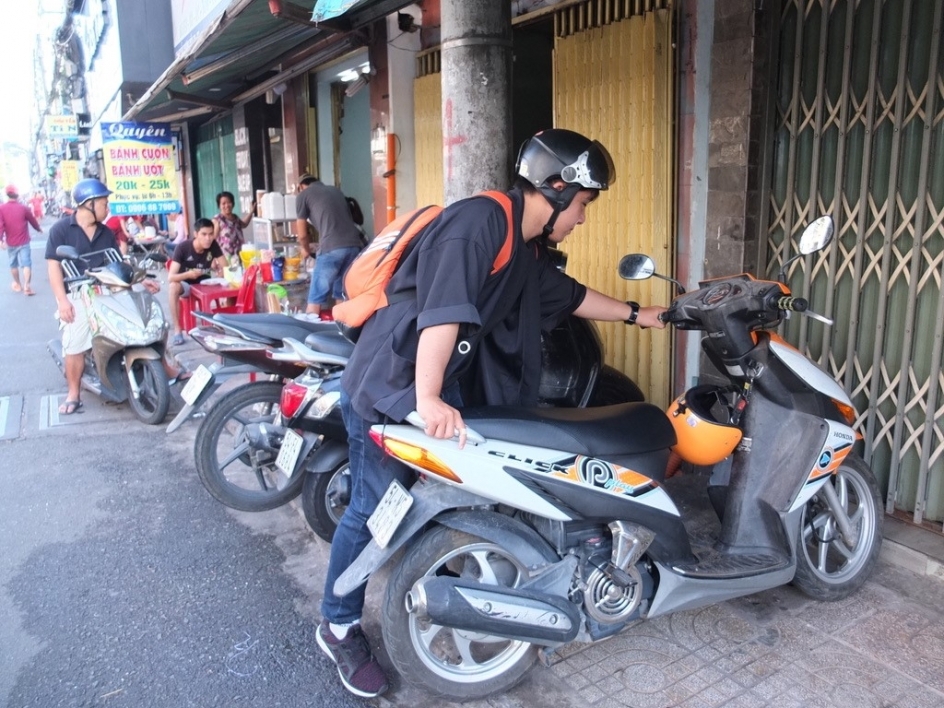Lessons from Ho Chi Minh City: Designing active and inclusive street spaces
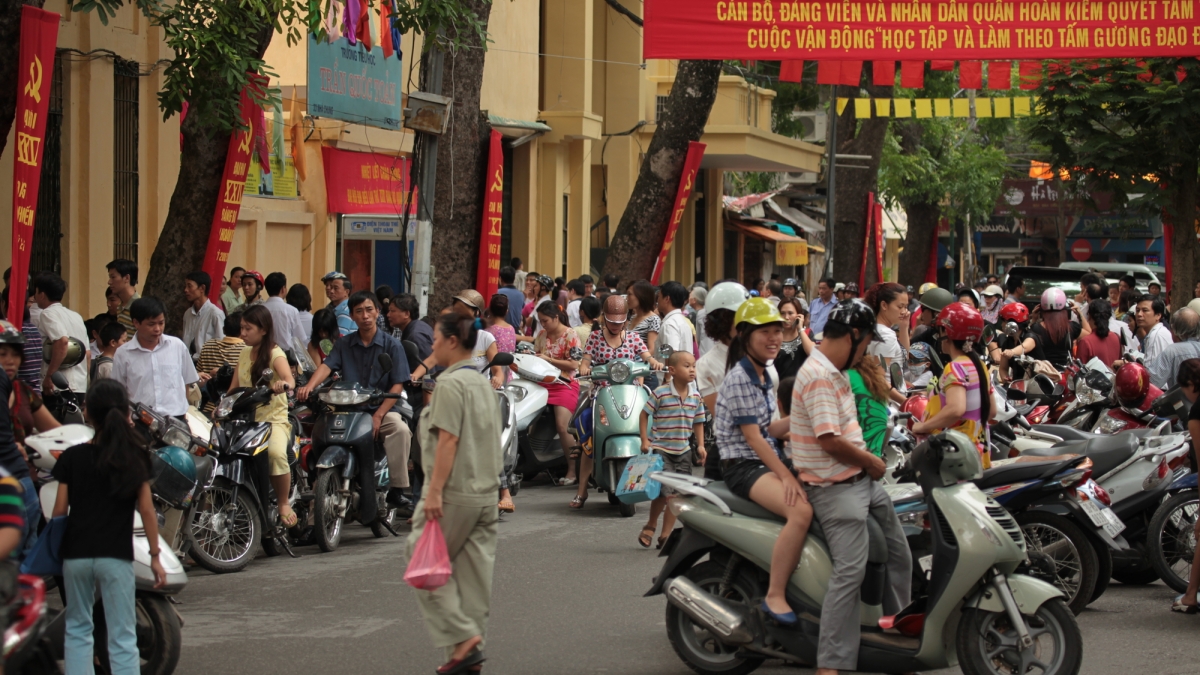
ASU Assistant Professor Hue-Tam Jamme's novel theory for conceptualizing how cities can better design inclusive public street spaces was inspired by the bustling streets of Vietnam. Photo courtesy of Depositphotos.com.
In 2018, Hue-Tam Jamme sat on the back of a motorbike, camcorder in hand, as it zigzagged through the bustling streets of Ho Chi Minh City.
She captured its vibrant street life. Motorbike riders stopped and interacted with vendors who sold food and peddled trinkets; networks of alleyways teemed with crowds of people eating, chatting and sitting; and a steady flow of motorbikes gave way to the varied social class interactions in the diverse city.
Jamme, assistant professor in Arizona State University’s School of Geographical Sciences and Urban Planning, was conducting field research that in part aimed to better understand the relationships between street life, the built environment and motorbikes in the largest and primary economic center of Vietnam.
What resulted was a novel theory for conceptualizing how cities around the globe could design inclusive public street spaces, a theory she has coined "productive friction." Today, her theory is gaining momentum and garnering national and global recognition.
Jamme was the recent recipient of the Barclay Gibbs Jones Award for Best Dissertation in Planning, one of the highest recognitions given by the Association of Collegiate Schools of Planning.
Additionally, in the past year, her research has been recognized by the International Congress for Asian Studies, the largest scholarly organization in Asian studies worldwide, and by the University of Southern California Sol Price School of Public Policy.
“The Association of Collegiate Schools of Planning is our main academic professional organization in planning. When our faculty work is recognized, it signals that it is of value to the broader profession,” said Deirdre Pfeiffer, associate director of planning in ASU’s School of Geographical Sciences and Urban Planning.
“Dr. Jamme's award is evidence of the enormous potential for scholarly impact that her peers see. It is rare to see a scholar making such an impact coming straight out of their dissertation.”
Reimagining street environments
Streets make up more than 80% of all public spaces in cities. They have the potential to not only provide a safe place for travel — whether by car, bicycle, foot or transit — but also to foster culture, community, business activity and social interaction.
As cities across the world grapple with the question of how to evolve car-dependent streets to not only be transportation networks but primary functional community spaces, transportation planners and urban designers are thinking about the best ways to retrofit our cities.
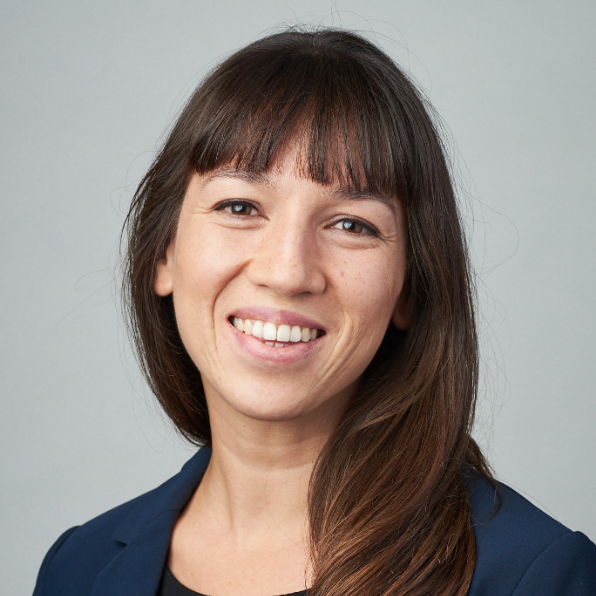
Hue-Tam Jamme
“Our streets here in the United States are very car-centric; it’s the result of how we've planned them for way too long,” said Jamme, whose research explores how planners can shape equitable urban spaces through information and communication networks. “We plan our streets first and foremost for efficient transportation. The public space function becomes secondary. Yet, the transportation and public space functions are two sides of the same coin.”
To best create these multi-functional spaces, Jamme argues, it’s not whether we have less cars and more pedestrians and bicycles in streets that is the key factor, but rather it’s the opportunities for contact and social interaction that a street’s flow permits through the built environment.
She calls this phenomenon “productive friction.”
“We tend to think that if you have more bicycles and more pedestrians, you have better public spaces,” Jamme said. “It can be true, but it’s really the flow.”
Jamme’s theory is rooted in her research in Vietnam, which analyzed how a city can have both a high level of activity and none of the transportation characteristics that we generally tend to associate with street activity.
Necessary friction
Within Ho Chi Minh City there largely are no pedestrians, bicycles or mass transit opportunities, yet it is one of the most active street environments around the globe.
Jamme argues that the city’s primary use of motorbikes (transportation mode) — more than 8 million in 2018 — which are easy to park anywhere and enable a rider to jump on and off quickly, coupled with the opportunities to interact and engage with roadside vendors (activity opportunity other than movement), enables Ho Chi Minh City’s streets to both excel in a street’s function as a mobility corridor and a community public space.
“Over there (Ho Chi Minh City), people jump back and forth between being on the move and engaging in activities all the time,” Jamme said. “This is what productive friction is about. It's about all these opportunities for interactions with others and with the built environment. It’s about the density of street activities that movement enables.”
Jamme cautions that the term productive friction is not to be confused with ideas that arise around being stuck in traffic, or congestion (unproductive friction) but rather as positive touch points without which people in transition on streets could not have interacted with others.
“Some friction is necessary if you want your street networks to be efficient and performant, not only as transportation corridors, but also as public spaces,” she said.
“If you look really closely at what this (motorbike) flow permits, it creates opportunities to bring strangers, neighbors, friends and families together and cross paths. This is really key for the public space function of the streets.”
Lessons from the Global South planning for productive friction
Jamme says now that this notion of productive friction has been conceptualized, and a mechanism that explains how street mobility relates to activity is in place, she hopes future research will explore, measure, model and eventually apply this work to transform car-dependent cities and streets.
At the heart of her research is a comparative approach, learning lessons from others and looking in unexpected places across the globe. Jamme’s research is one of the first cases of learning something from the Global South to potentially inform better planning in the Global North.
“Dr. Jamme is a globally situated scholar,” said Pfeiffer, who also is an associate professor in the School of Geographical Sciences and Urban Planning. “She is playing an important role by discovering and sharing stories of urban dynamics in understudied regions.”
For Jamme, she says, theorizing from research based in the Global South is a matter of equity, and there are broad implications for practitioners and lessons to be learned from unexpected places.
“I'm not promoting Phoenix to become like Ho Chi Minh City,” Jamme said. “But if we want to improve our transportation networks in Phoenix, there’s something to be learned from Ho Chi Minh City’s street life, and this is not something that we do often.”
More Local, national and global affairs

ASU Lodestar Center supports Tucson's vibrant nonprofit sector with research, training
If all of the nonprofits in Arizona were grouped together as an industry, they would be the sixth-largest sector in the state in…

ASU Library collection captures robust history of Arizona
Editor’s note: This is part of a monthly series spotlighting ASU Library’s special collections throughout 2024.Copper,…

ASU helps University of Guyana faculty earn doctoral degrees in expedited program
Shenella Benjamin and Norwell Hinds joined hundreds of other Sun Devils in receiving PhDs from Arizona State University this week…
